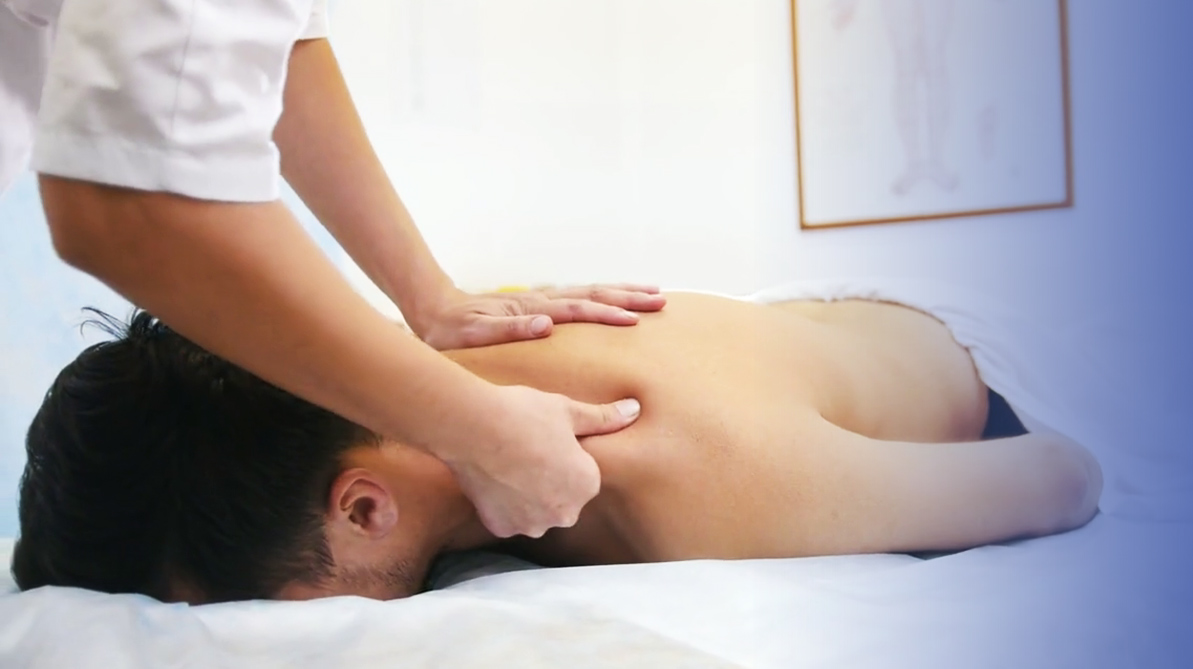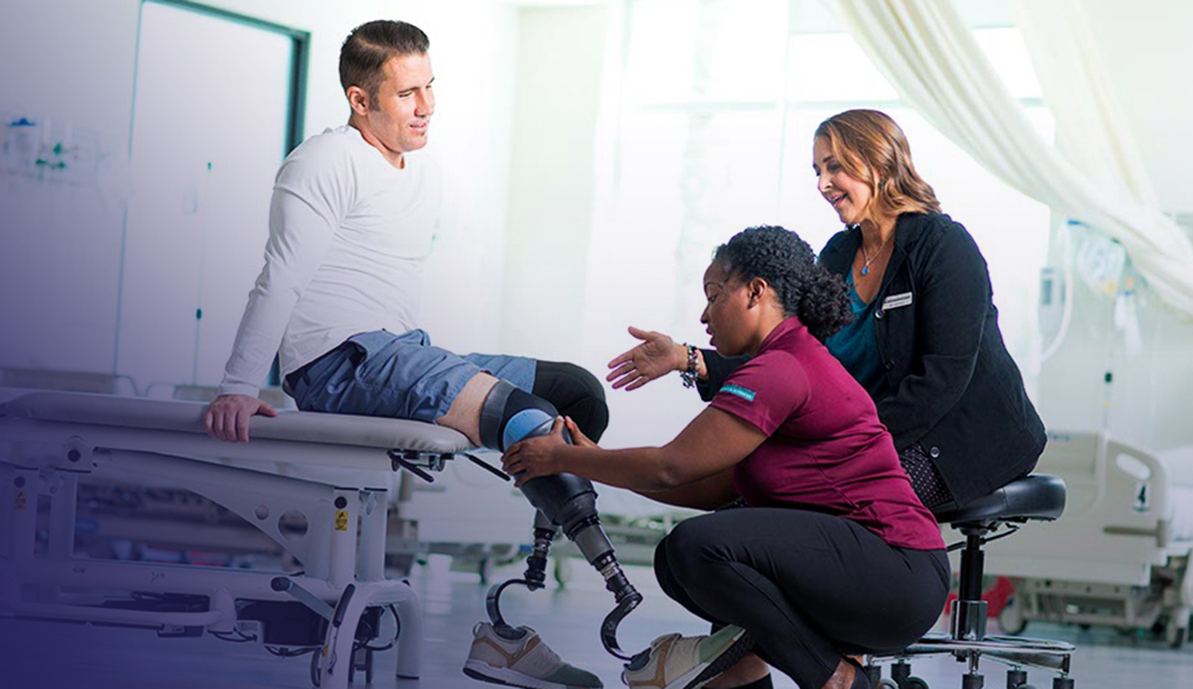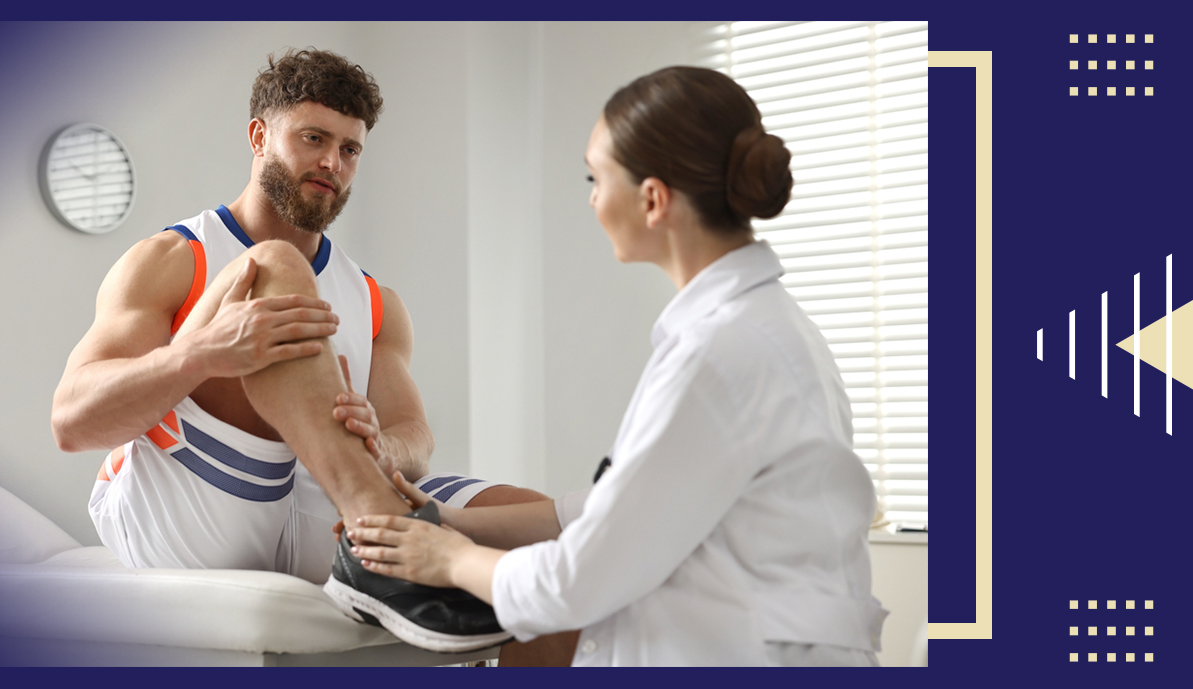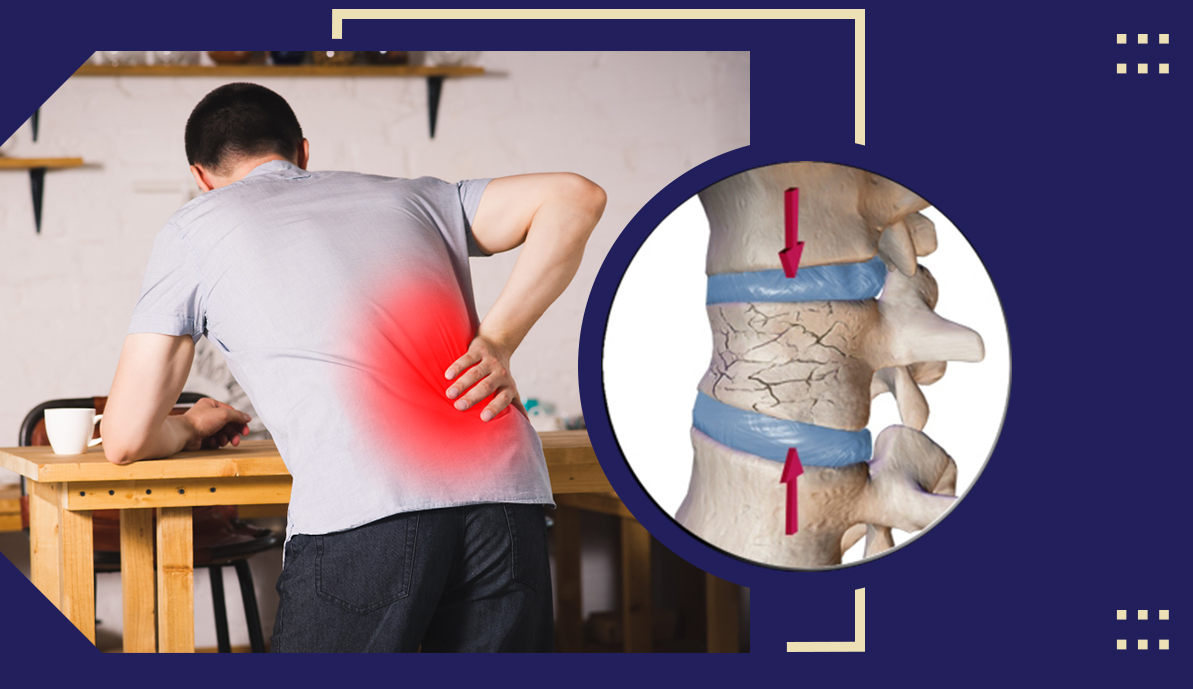
Ischemic Compression: how it Helps with the Treatment of Shoulder Pain
Myofascial Pain and Trigger Points
Myofascial pain syndrome (MPS) is a condition in which pressure on certain tender points in the muscles causes pain in seemingly unrelated parts of the body. The syndrome is caused by recurrent traumas or microtraumas, which trigger the release of substances that induce a painful sensation that leads to the appearance of myofascial trigger points. Since this affection is caused by recurrent trauma, many personal injury chiropractors in Florida need to deal with this disease daily.In this disease, these tender points are known as trigger points. Also known as Myofascial Trigger Point (MTP), it is a painful point sensitive to palpation, located in an area of the muscle. These are areas located in muscle tissues or tendon insertions that, when touched or pressed, generate myofascial pain, which is deep and constant. It has been studied that myofascial trigger points are usually related to musculoskeletal dysfunction; MTPs are activated by acute or persistent muscle overload, which is responsible for injuries and disorders that affect the human body's movement or musculoskeletal system. These trigger points do not have a reference diagnostic criterion, nor do they have any routine imaging or laboratory tests. MTP requires non-routine specific examination and muscle-specific treatment for rapid relief when acute, in addition to resolution of perpetuating factors when chronic. It can also be projected to other parts of the body. MTPs present certain clinical characteristics, including:- Tight band in the muscle.
- Weakness in the affected area.
- Minimization of range of motion.
- Hypersensitivity to any mechanical stimulus.
- Deep pain and projection in other areas.
How A Personal Injury Chiropractor Helps with the Trigger Points: Ischemic Compression
Ischemic compression is a chiropractic technique used by the best shoulder injury chiropractors in Florida. It is a type of treatment for MTP that involves firm digital pressure applied to the trigger point followed by a specific stretch with a range of motion. This compression on the point triggers a painful response, which in turn increases blood flow and metabolism in the area, relieving pain.This is not something new at all; it is based on an ancient Chinese technique known as tui na massage, which dates back to the Ming dynasty and was the predecessor of the Japanese shiatsu massage.This technique, combined with other chiropractic techniques such as adjustments, transverse friction techniques, muscle energy or active/passive release, rehabilitation exercises, postural retraining, and mobilization techniques, has proven to be effective in treating shoulder pain due to myofascial pain.What Do the Studies Say?
According to a study conducted by Guy Hains, Martin Descarreaux, and François Hains, where the chiropractic management of shoulder pain and dysfunction of myofascial origin was investigated using ischemic compression techniques, it was found that this practical therapeutic approach conveys several benefits, including therapeutic positive results; a favorable safety profile and; It is minimally strenuous for the doctor and well tolerated by the patient.In another article published in Chiropractic & Manual Therapies, he mentions the benefits of ischemic compression in chiropractic treatment and concludes that ischemic compression, as a conservative and non-invasive therapy, improves pain tolerance in subjects with MPS.These studies support this technique, used by chiropractors for shoulder pain in Florida, as a valid procedure for the treatment of myofascial joint pain syndrome.Final words
Ischemic compression, combined with other chiropractic techniques, is undoubtedly the best treatment for myofascial pain syndrome. Many studies support this type of technique for prompt recovery from shoulder pain. Only the best chiropractic professionals in Florida can assist you with ischemic compression.If you're looking for the best chiropractors for shoulder pain, we can connect you with the experts. Our services include medical assistance for personal injury, recovery, orthopedic and chiropractic issues, and trauma, along with pharmacological services that best fit your needs.We provide you with better chiropractic care, as well as other medical and legal services, to help you recover quickly and properly from your injuries.Share with your friends:



